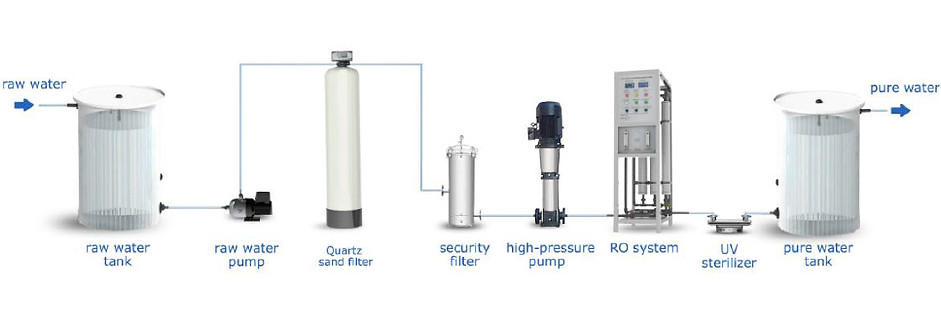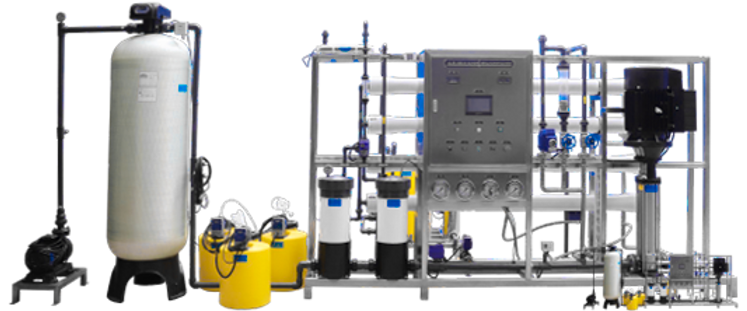
Solving Potable Water Access
Solar-Powered Small Scale Desalination Machines
Sustainable Solutions for Remote Islands
Access to clean, drinkable water is a growing challenge for many areas.
As demand for water increases, innovative and sustainable solutions are urgently needed.


Global
Water Crisis
2 Billion People Affected
Over 2 billion people live in regions experiencing high water stress, with many
facing daily shortages.
Water Scarcity by 2025
By 2025, half of the world’s population is projected to live in water-stressed areas.
Remote Areas Impact
Groundwater Depletion
Many islands rely heavily on groundwater, which is being depleted faster than it can be replenished. This leads to wells running dry or becoming contaminated with saltwater.
Expensive Water Imports
Transporting water to remote islands is not only costly but also logistically challenging, often leading to inconsistent supply.
Future Outlook
Climate Change Effects
Rising temperatures and shifting rainfall patterns due to climate change will exacerbate water shortages. For example, some regions are expected to see a decrease in rainfall by up to 20%.
Population Growth
The global population is projected to reach 9.7 billion by 2050, increasing the demand for freshwater resources.
Increased Tourism
Popular tourist destinations, especially remote islands, face even greater
pressure on their limited water resources, with tourists using up to three times more water than local residents.
Health and Economic Impacts
Waterborne Diseases
Lack of access to clean water can lead to the spread of waterborne diseases, which kill over 3.4 million people annually.
Economic Losses
Water scarcity is projected to cost some regions up to 6% of their GDP due to impacts on agriculture, health, and incomes.
Environmental Degradation
Ecosystem Damage
Over-extraction of groundwater can lead to the collapse of local ecosystems,
affecting flora and fauna dependent on these water sources.
Soil Salinization
Excessive groundwater extraction near coastlines can lead to saltwater intrusion, rendering the soil infertile and unsuitable for agriculture.


Learn more about
Global
Water Crisis
Explained | World’s Water Crisis | FULL EPISODE | Netflix



Introducing SmallScale Desalination
Machines
What is Desalination?
Desalination is the process of removing salt and impurities from seawater to
produce drinkable water.
Small Scale Desalination
These systems are designed for communities, resorts, and properties with moderate water needs. They are compact, efficient, and can be tailored to meet specific demands.
Solar Power Integration
Desalination Units
Solar panels can be used to power desalination units, reducing operational costs and environmental impact.
Local Population
Solar power can also be utilized to generate electricity for the local population, providing a sustainable and reliable energy source. This dual-use of solar power ensures that both water and energy needs are met in an eco-friendly manner.
Advantages
Reliability
Provides a steady and reliable source of clean water.
Independence
Reduces reliance on external water supplies and deliveries.
Sustainability
Solar power lowers carbon footprint and operational costs.
Scalability
Easily scaled to match the size and needs of any community.
Revolutionizing
Components
Desalination Unit
The core system includes reverse osmosis membranes to remove salt and impurities from seawater. Units are available with capacities ranging from 1 ton per hour to 10 tons per hour, ensuring they are compact and efficient. These units fit into a 40-foot container for larger capacities and much smaller containers for 1T and 3T units. Units for larger production output are available as well
Setup and Maintenance
Quick Installation
These units can be set up in less than 6 months, ensuring rapid deployment.
Low Maintenance Requirements
The compact design means fewer components to maintain, reducing downtime and maintenance costs.
Low Running Costs
Efficient operation ensures that running costs remain low, making it a cost-effective solution.
Operation
Water Intake
Seawater is drawn in through intake pipes.
Pre-treatment
Seawater passes through a series of filters to remove large particles and biological contaminants.
Desalination Process
High-pressure pumps push the pre-treated seawater through reverse osmosis membranes, separating the salt and impurities from the water.
Post-treatment
The desalinated water is then treated to adjust pH levels and add essential minerals.
Brine Disposal
The by-product of the desalination process, known as brine, is carefully managed. The brine can be easily diluted and safely disposed back into the ocean with minimal environmental impact. Advanced dispersion techniques ensure that the brine is spread over a wide area, reducing its concentration and mitigating any potential harm to marine life.
Storage and Distribution
Treated water is stored in tanks and distributed as needed.


Economic and
Environmental
Benefits
Cost Savings
Significant reduction in water purchase and transport costs.
ROI
Desalination investment pays off over time through savings and improved water security.
Environmental Impact
Lower emissions and reduced plastic waste compared to bottled water.
Weather Independence
Unlike traditional water sources, desalination is not dependent on rainfall, ensuring a consistent supply even during droughts.
Groundwater Preservation
Reduces the strain on local aquifers, preventing over-extraction and salinization of wells.
Sustainable Source
Seawater is an abundant and reliable source, ensuring long-term sustainability.
Solar Power Benefits
Off-Grid Solution
Solar panels can provide an off-grid solution, making the system self-sufficient and ideal for remote locations.
Grid Integration
Alternatively, solar panels can be combined with the local grid to ensure a stable power supply.
Cost Reduction
Solar power can significantly reduce water production costs by providing a cheap and sustainable source of electricity.
Reliable Energy
Offers a reliable source of electricity, enhancing overall system efficiency and reducing dependency on fossil fuels.


Partnering with Us
Key Points
Comprehensive Support
Consultation
We begin with a thorough consultation to understand your specific needs and challenges.
Installation
Our team handles the entire installation process, ensuring the system is set up correctly and efficiently.
Training
We provide training for your staff on how to operate and maintain the desalination unit.
Ongoing Services
Maintenance Packages
We offer customizable maintenance packages to keep your system running smoothly.
Technical Support
Our technical support team is available 24/7 to assist with any issues or questions.
Customized Solutions
Tailored Systems
Each system is tailored to meet the specific requirements of your location, ensuring optimal performance.
Scalability
Whether you need a small system for a resort or a larger setup for a community, our solutions are scalable to meet your demands.
Future Expansion
Innovative Technologies
We continuously invest in research and development to bring you the most efficient and cost-effective desalination technologies.
Sustainable Practices
Our commitment to sustainability ensures that our solutions not only meet your needs but also protect the environment for future generations.